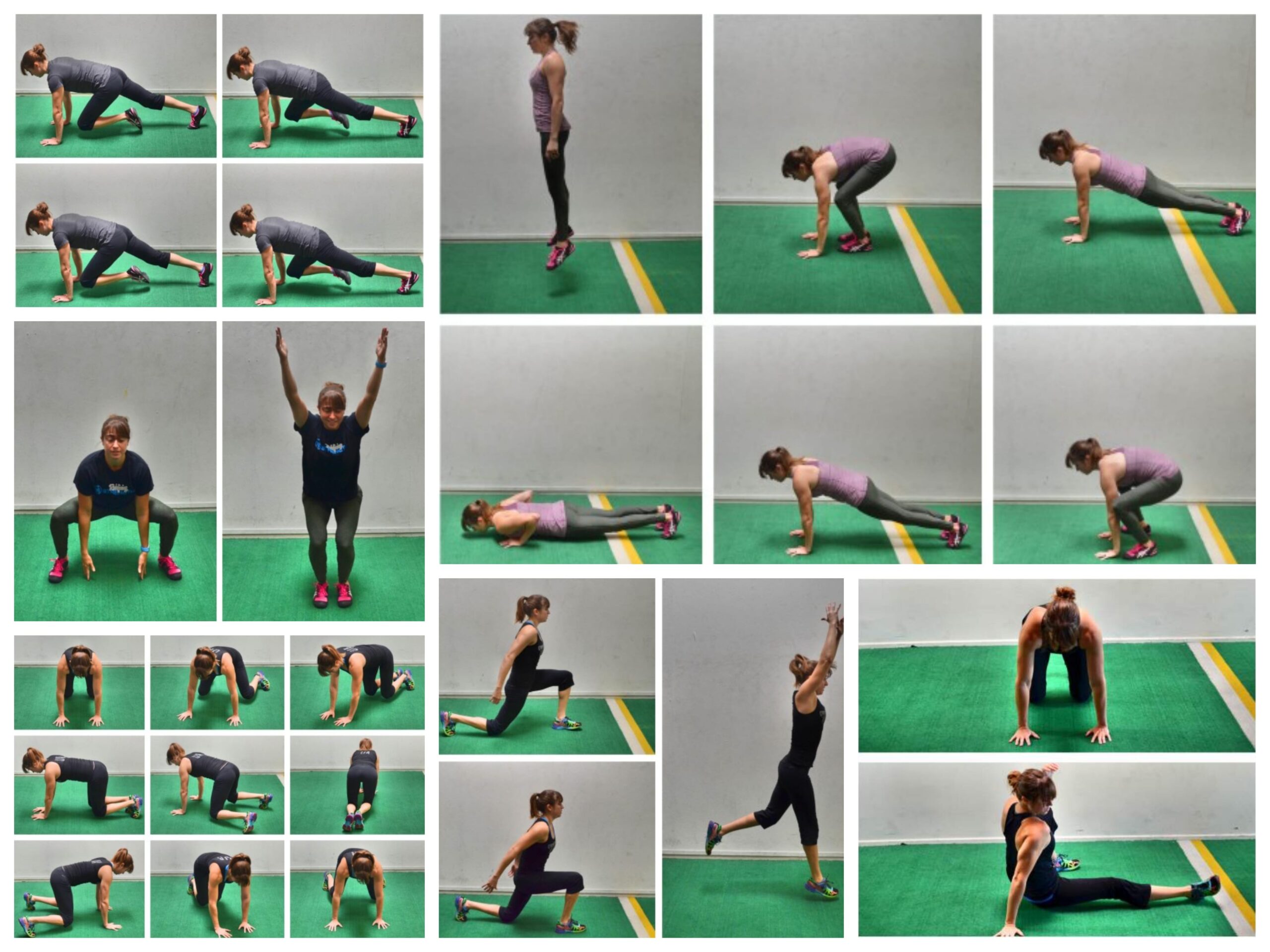

Though these two factors equate to what is necessarily known as exercise intensity, balancing the two out by reducing the volume or resistance of one exercise so as to prevent injury and overtraining during the subsequent exercise is of vital importance.Īn often overlooked factor when performing highly intense compound exercises on the same day is that of the central nervous system and any fatigue that is accrued therein. In terms of resistance, there is more to consider than simply muscular energy expenditure, as higher levels of resistance can place strain on the connective tissues of the joints as well as prematurely expend the glycogen stores of fast twitch muscle fibers, resulting in a higher risk of injury and greater accrued connective tissue damage that will require longer stretches of recovery in order to remedy. This, generally, means that the total volume of the first exercise must be reduced in order to allow for some level of energy to be left over for the second exercise, usually equating to the squat being performed for less repetitions per set so as to leave enough energy in the legs for the subsequent sets of the deadlift. It is still entirely possible for the deadlift to be performed first in the order of exercises so long as the subsequent squat exercise is meant to be of a lower intensity and resistance.Ī major component of ensuring that the squat and the deadlift may be performed safely together is accounting for the level of resistance and volume of repetitions for each exercise.

Performing the deadlift first will not only reduce the maximum amount of resistance and volume usable during the squat later in the workout session, but also increase the risk of injury as the lower back, hip flexors and erector spinae are all prematurely weakened, thereby leading to a greater chance that they will give out if the exerciser breaks form. In more relatable terms, this means that one expends less energy by first performing the squat instead of first performing the deadlift, with the subsequent exercise being less affected by the fatigue that is carried over from the first exercise. This is due to a multitude of reasons primarily revolving around maximal strength output and fatigue that is accrued when comparing the two exercises. The majority of fitness literature and powerlifting advice states that it is the squat that should be performed prior to the deadlift in the workout sessions order of exercises.


 0 kommentar(er)
0 kommentar(er)
